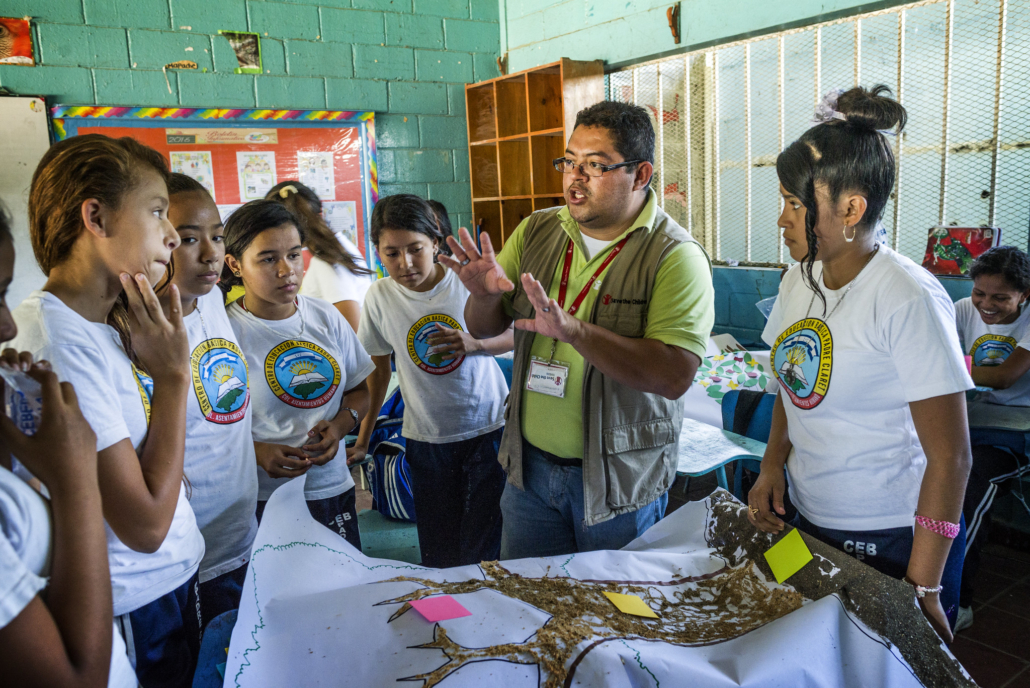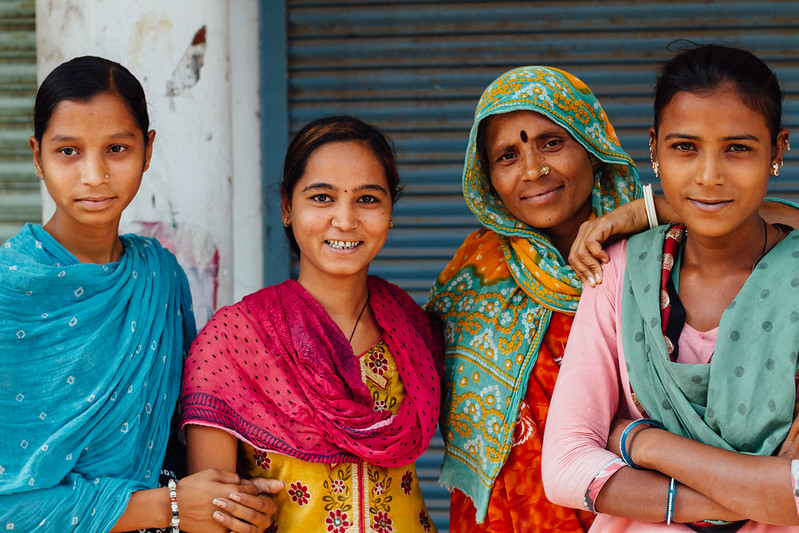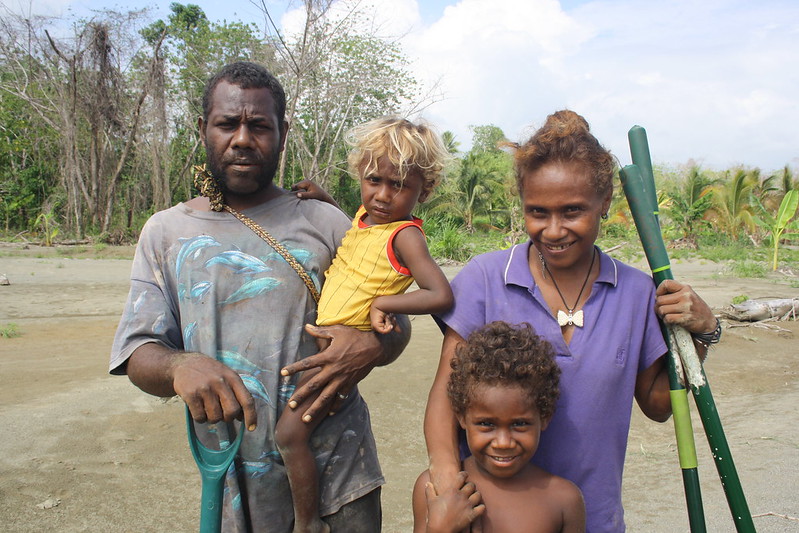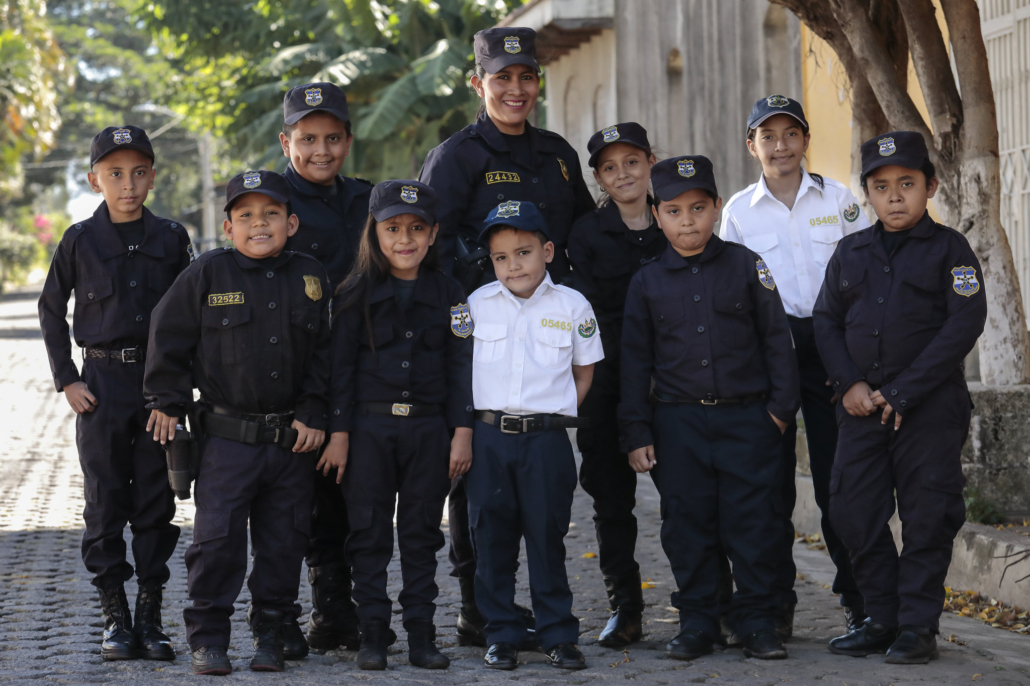 Gender Equality in Ecuador is making significant progress as the country implements new laws and initiatives to address gender disparities. These efforts align with Sustainable Development Goal 5 (SDG 5), which aims to empower all women and girls. While persistent challenges like wage gaps and gender-based violence remain, recent legislative developments and support from international organizations reflect Ecuador’s commitment to long-term change.
Gender Equality in Ecuador is making significant progress as the country implements new laws and initiatives to address gender disparities. These efforts align with Sustainable Development Goal 5 (SDG 5), which aims to empower all women and girls. While persistent challenges like wage gaps and gender-based violence remain, recent legislative developments and support from international organizations reflect Ecuador’s commitment to long-term change.
Legal Reforms Supporting Gender Equality in Ecuador
In 2023, Ecuador passed two major laws aimed at increasing women’s economic participation:
- The Equal Pay Law: The Equal Pay Law requires organizations to develop equality plans and submit annual wage reports to monitor and address gender pay disparities.
- The Care Economy Law: The Care Economy Law formally recognizes unpaid care work and provides social protections for caregivers.
These reforms address long-standing barriers to women’s participation in the labor market in Ecuador, where approximately 552,284 women were engaged in unpaid labor as of Oct. 2024. Women aged 15 and older spend nearly 19.2% of their day on care work and domestic tasks (four times more than men). These laws seek to dismantle structural barriers that prevent women from fully participating in the labor market.
U.N. Women have supported gender-sensitive workplace practices in Ecuador through technical assistance and funding for programs that promote equality. Notably, U.N. Women have advocated for the implementation of the Violet Law which mandates that companies with 50 or more employees must develop an equality plan registered before the Ministry of labor. These efforts align with broader feminist frameworks like the ‘Purple Economy’ which advocates for a caring and gender-equal economic model.
Women’s Participation in Politics
Legislative change has also led to historic gains in political representation. For instance, in 2023, women held 43.1% of seats in Ecuador’s National Assembly. Meanwhile, the cabinet of President Daniel Noboa included 47% women, the highest in Ecuador’s history.
Gender parity reforms in the electoral code have largely driven these advances in gender equality as they require political parties to progressively increase the percentage of women heading candidate lists.
Persistent Gender Gaps in Employment and Pay
Despite legal reforms, gender disparities remain prominent in Ecuador’s labor market. For instance, in 2023 female labor force participation was 53% for women compared to 76% for men. According to the UNDP, women-led households are more likely to live in poverty due to fewer job opportunities, lower wages and care responsibilities. For instance, 38.1% of the population lived in multidimensional poverty in 2022. In rural areas, that number stood at 70%. These figures highlight how continued efforts are needed to create inclusive economic opportunities for women.
The Urgent Issue of Gender-Based Violence
Gender-based violence is another significant challenge to achieving SDG 5 for Ecuador. According to Encuesta de Violencia Contra las Mujeres, 65% of women in Ecuador have experienced some form of violence in their life. The government has responded by reinforcing the 2018 Law to prevent and eradicate violence against women and amended the penal code to criminalize femicide and gender discrimination.
For women subject to gender-based violence, a lack of financial resources often makes it harder to escape abusive environments, perpetuating the cycle of poverty. A lack of access to support forces many women to remain in unsafe situations. Governments and organizations must target investment in economic and legal support to break this cycle.
Collaborative Efforts to Advance SDG 5 in Ecuador
However, organizations like Fundación María Guare aid turning policy into practical support. Since its establishment in 1990, the organization has provided legal aid, counseling and shelter to more than 232 women escaping violence. These programs help vulnerable women access their rights and rebuild their lives.
Ecuador’s pursuit of gender equality reflects a culmination of policy progress and persistent social challenges. New laws, rising female leadership and grassroots programs demonstrate that change is mobilizing. However, further action is required to close gender labor gaps and end violence. Collaboration between government, international partners and local organizations will be crucial for achieving SDG 5 and ensuring lasting, inclusive development.
– Rebecca Lee
Rebecca is based in Scotland and focuses on Politics for The Borgen Project.
Photo: Unsplash

 In India, approximately
In India, approximately For five years, from 1998 to 2003,
For five years, from 1998 to 2003,  According
According  Political turbulence and
Political turbulence and 